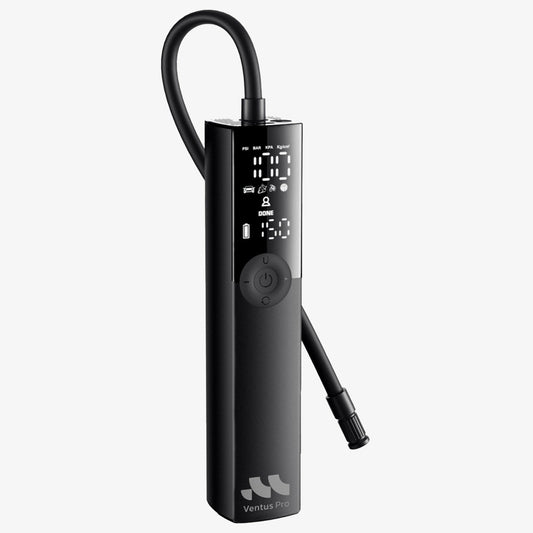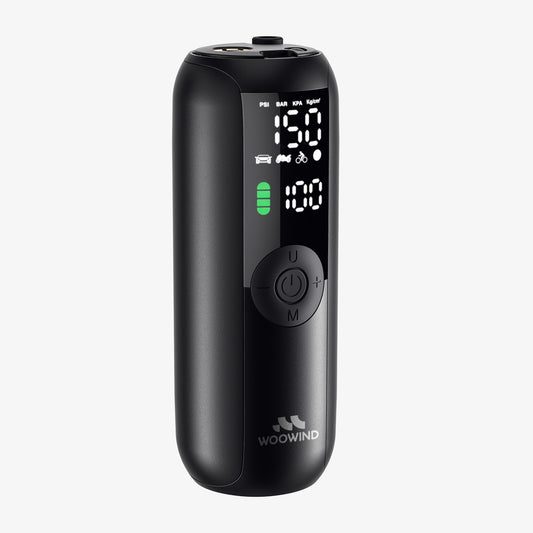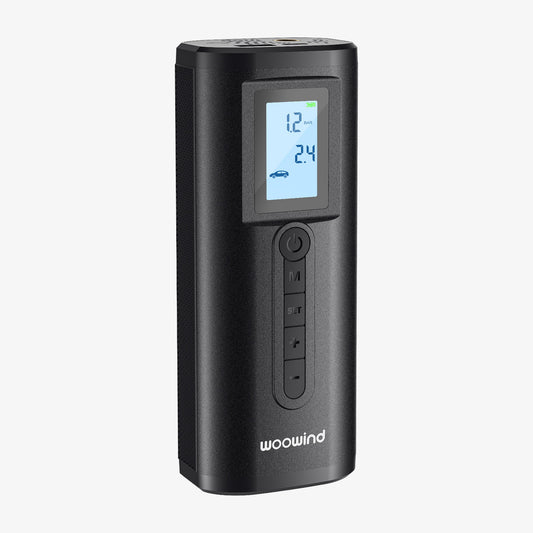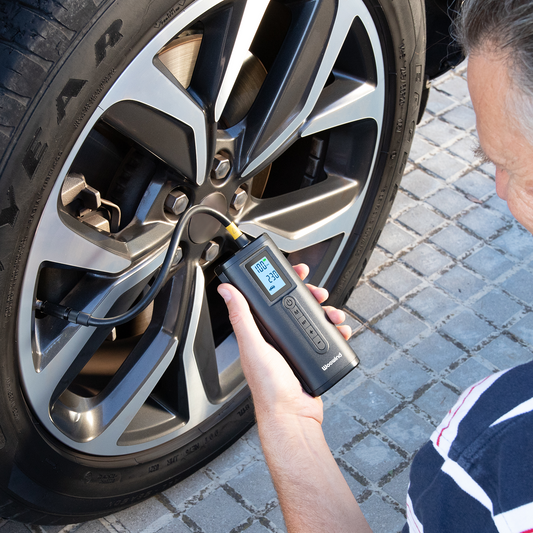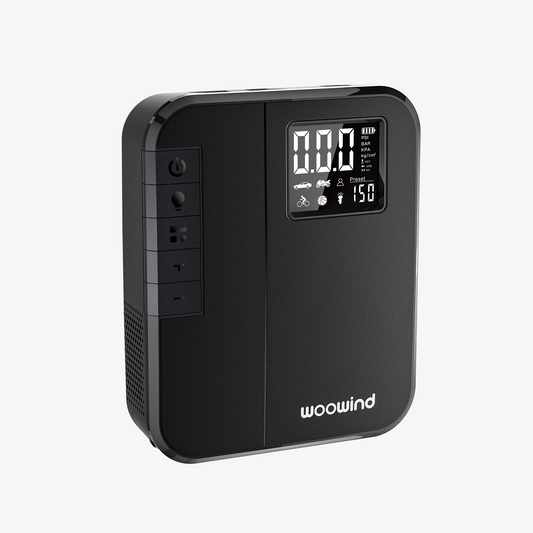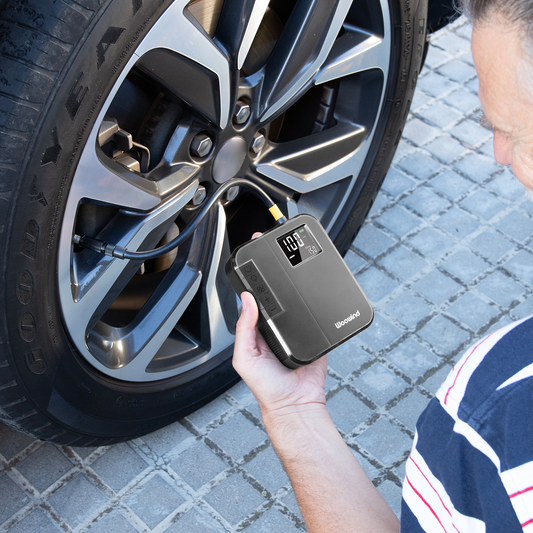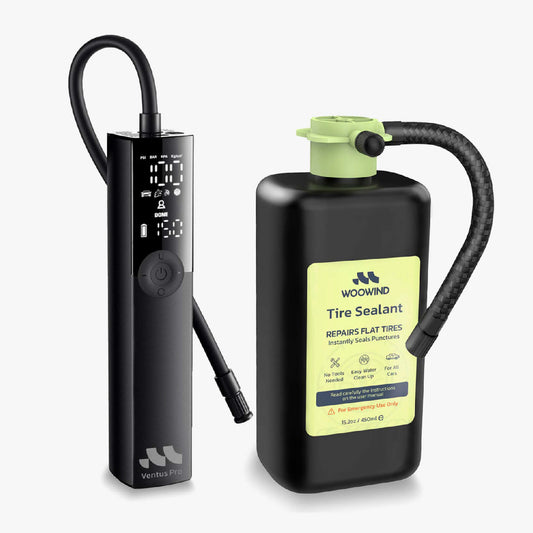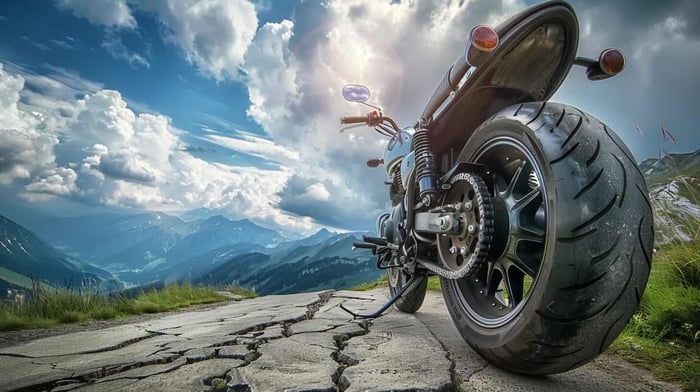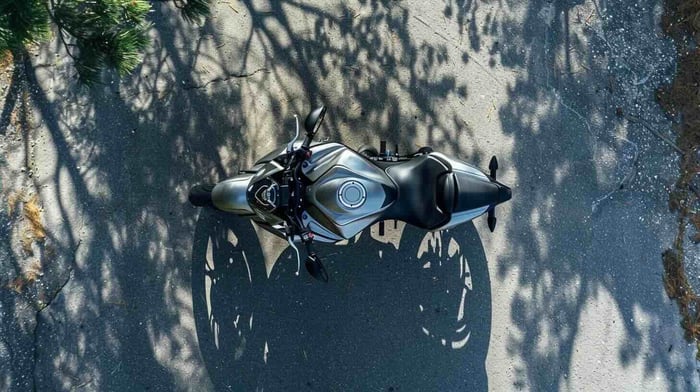
Do You Really Need to Balance a Motorcycle Tire? Yes—Here’s Why
Do you have to balance a motorcycle tire? Absolutely. If you care about handling, safety, tire life, or ride quality, balancing is essential—especially after installing new tires, repairing punctures, or logging serious miles.
Unbalanced tires do more than reduce comfort. They can cause handlebar shake at high speeds, uneven wear in under 1,000 miles, and even damage to suspension parts. If your bike drifts or vibrates unusually after a tire change, imbalance is likely the cause.
Balancing ensures smooth, wobble-free rotation—critical for today’s high-performance bikes. Whether you're on the highway or carving through mountain roads, proper balance means better control and longer-lasting tires.
Table of Contents
- What Happens When Your Motorcycle Tire Is Out of Balance
- When and How Often Should You Balance Motorcycle Tires
- Static vs. Dynamic Balancing: Which One Should You Use?
- DIY Motorcycle Tire Balancing and Inflation: Tools You Can Trust
- Common Mistakes Riders Make with Tire Balancing
- Final Tips for Long-Term Tire Performance and Safety
- FAQs
What Happens When Your Motorcycle Tire Is Out of Balance
The symptoms of an unbalanced tire can sneak up on you. You may first notice a slight wobble in the handlebars or a strange hum at certain speeds. Then, your tires begin to wear unevenly, leading to costly early replacements. Worst case? Long-term vibration can damage bearings, axles, or suspension parts.
From personal experience, I learned the hard way after replacing my rear tire without balancing it. On the next high-speed ride, the vibration was so strong it felt like riding over invisible rumble strips. I ended up rebalancing the tire—and suddenly, the bike felt brand new again.
Balance issues also amplify when using aftermarket wheels or non-OEM tires. These components might not have the uniform weight distribution of factory parts, making proper balancing essential. And for off-road tires? While they might tolerate slight imbalances, street tires require precise balance, period.
If you're curious how long your tires should typically last before balancing or replacing them, here's a useful breakdown: How Long Do Motorcycle Tires Last.
When and How Often Should You Balance Motorcycle Tires
There are key moments when balancing is non-negotiable:
After any tire change—new rubber means new mass distribution
Post puncture repair—a patch or plug can shift balance slightly
After 2,000–3,000 miles of aggressive riding—weights can shift or fall off
If you feel new vibrations or your tires wear unevenly
I make it a habit to recheck tire balance after long trips or rough terrain rides. Even the best weights can come loose over time—especially in changing weather or after aggressive cornering.
One often-overlooked step? Cleaning the wheel hub before mounting weights. Dirt or rust prevents adhesive weights from sticking properly. Skipping this step once caused my front tire’s counterweight to fly off mid-ride.
If you're handling tire changes yourself, here's a great guide on how to change a motorcycle tire safely.
Static vs. Dynamic Balancing: Which One Should You Use?
Balancing comes in two main flavors: static and dynamic.
Static balancing involves a wheel on a stand that helps you detect where it’s heavier
Dynamic balancing uses a computerized machine to simulate real riding rotation and identify imbalance on both vertical and lateral planes
While static balancing works in a pinch, I strongly recommend dynamic balancing for high-speed riders. It's simply more accurate. I’ve had tires that seemed fine statically, but dynamic balancing uncovered subtle irregularities that would have gone unnoticed—until they created handling issues at highway speeds.
DIY Motorcycle Tire Balancing and Inflation: Tools You Can Trust
Many riders are intimidated by the idea of balancing tires at home—but it’s easier than you think. You can buy a static balancing stand, a bubble balancer, and quality weights online for under $100. With a bit of patience, you’ll not only learn more about your machine—you’ll save money over time.
Equally important is proper inflation. That’s where the Woowind LP1 comes in. This portable, high-precision inflator is a game changer for riders who maintain their bikes at home or on the go. With accurate PSI control, a powerful battery, and an easy-to-use digital display, it eliminates guesswork.
I personally keep the LP1 in my saddlebag. Whether I’m topping off before a weekend ride or adjusting after temperature swings, it’s saved me from underinflated (and dangerously squishy) tires more times than I can count. With multiple adapters, it’s perfect for dual-sport bikes, sport tourers, or even your car.
Explore more motorcycle air pumps or check out all electric air pump solutions from Woowind if you're comparing tools for your garage or trip.
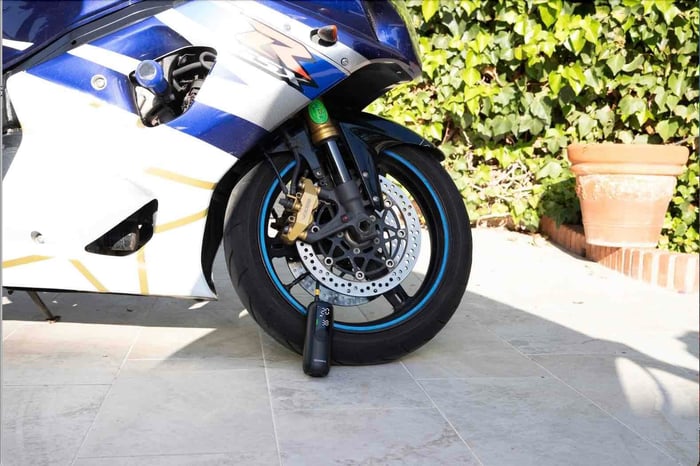
Common Mistakes Riders Make with Tire Balancing
Here are some mistakes I’ve seen (and made myself):
Only balancing the front wheel, assuming the rear doesn’t matter
Forgetting to recheck balance after patching a tire or hitting a pothole
Not cleaning the wheel hub, leading to weight adhesion failure
Guessing inflation instead of using a PSI-accurate pump like the Woowind LP1
Over-relying on static balancing for high-speed or highway-focused bikes
Avoid these, and you’ll extend the life of your tires—and enjoy a smoother, safer ride.
Final Tips for Long-Term Tire Performance and Safety
Tire balancing is about more than just avoiding vibration—it’s about optimizing performance and protecting every part of your ride. Don’t treat it like an afterthought.
FAQs
Do you have to balance a motorcycle tire every time you change it?
Yes. Every time you install a new tire, balancing is essential—even if it’s the same brand and size. Manufacturing tolerances can vary slightly, and any shift in weight distribution can impact handling and safety.
Can you ride a motorcycle with unbalanced tires?
Technically, yes—but it’s strongly discouraged. Unbalanced tires can cause vibration, reduced control, premature wear, and potential damage to your bike's suspension or steering system.
What’s the difference between static and dynamic tire balancing?
Static balancing addresses vertical imbalance and is done manually using a balancing stand. Dynamic balancing is done by machine and accounts for both vertical and lateral weight differences, making it more accurate—especially at higher speeds.
How do I know if my motorcycle tire is out of balance?
Common signs include handlebar wobble, unusual vibration at specific speeds, uneven tire wear, or a noticeable shift in how the bike tracks. If you feel any of these symptoms, get your tires checked immediately.
Can I balance motorcycle tires at home?
Is balancing necessary for off-road tires too?
While minor imbalances may be more tolerable off-road due to lower speeds and rougher terrain, it's still a good practice to balance your tires for better control, especially when riding on mixed surfaces.
Make balancing part of your regular maintenance, especially if you’re clocking serious miles or using high-performance tires. And always keep a reliable inflator like the Woowind LP1 in your gear. It’s not just about convenience—it’s peace of mind, power, and performance, all in your hands.
